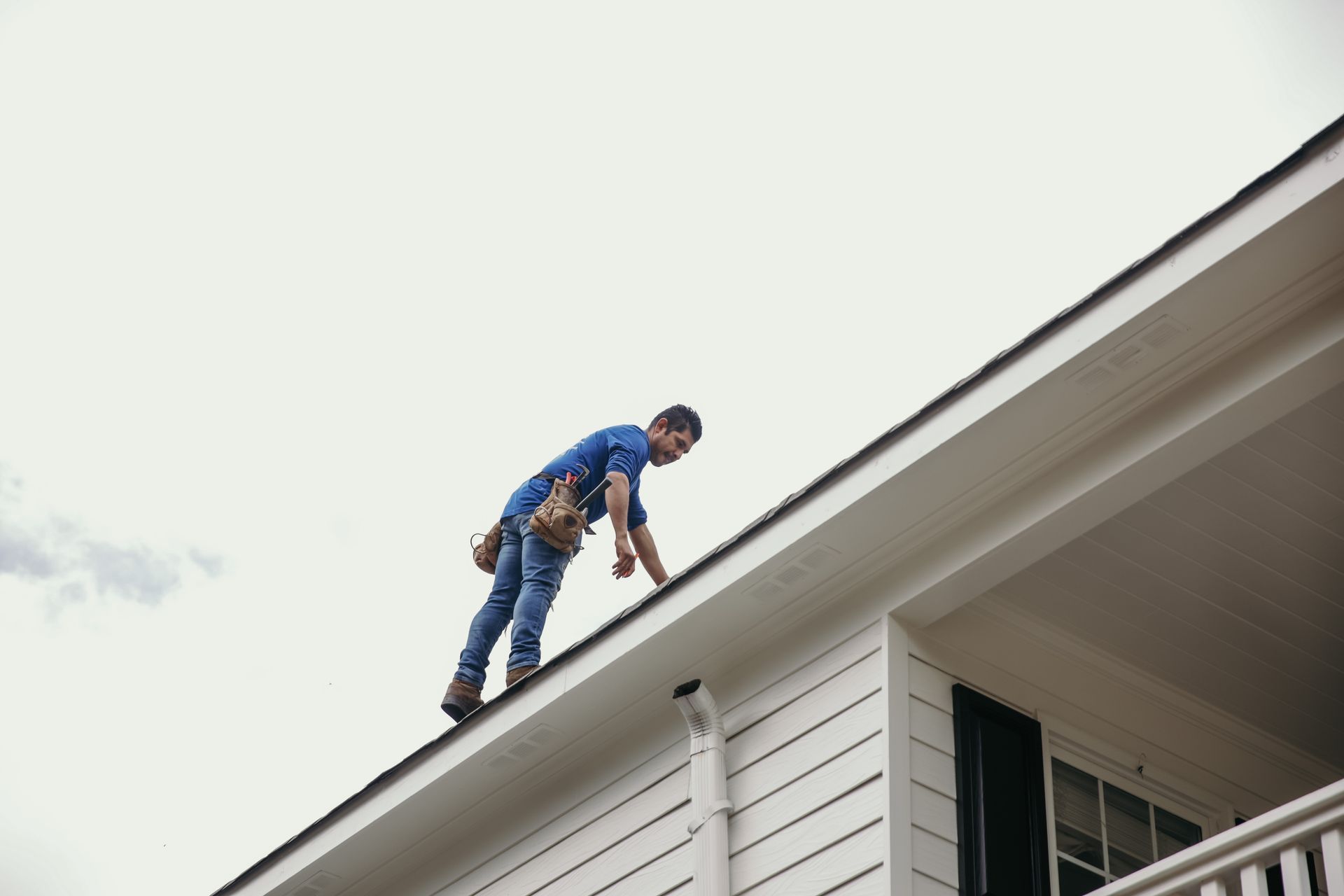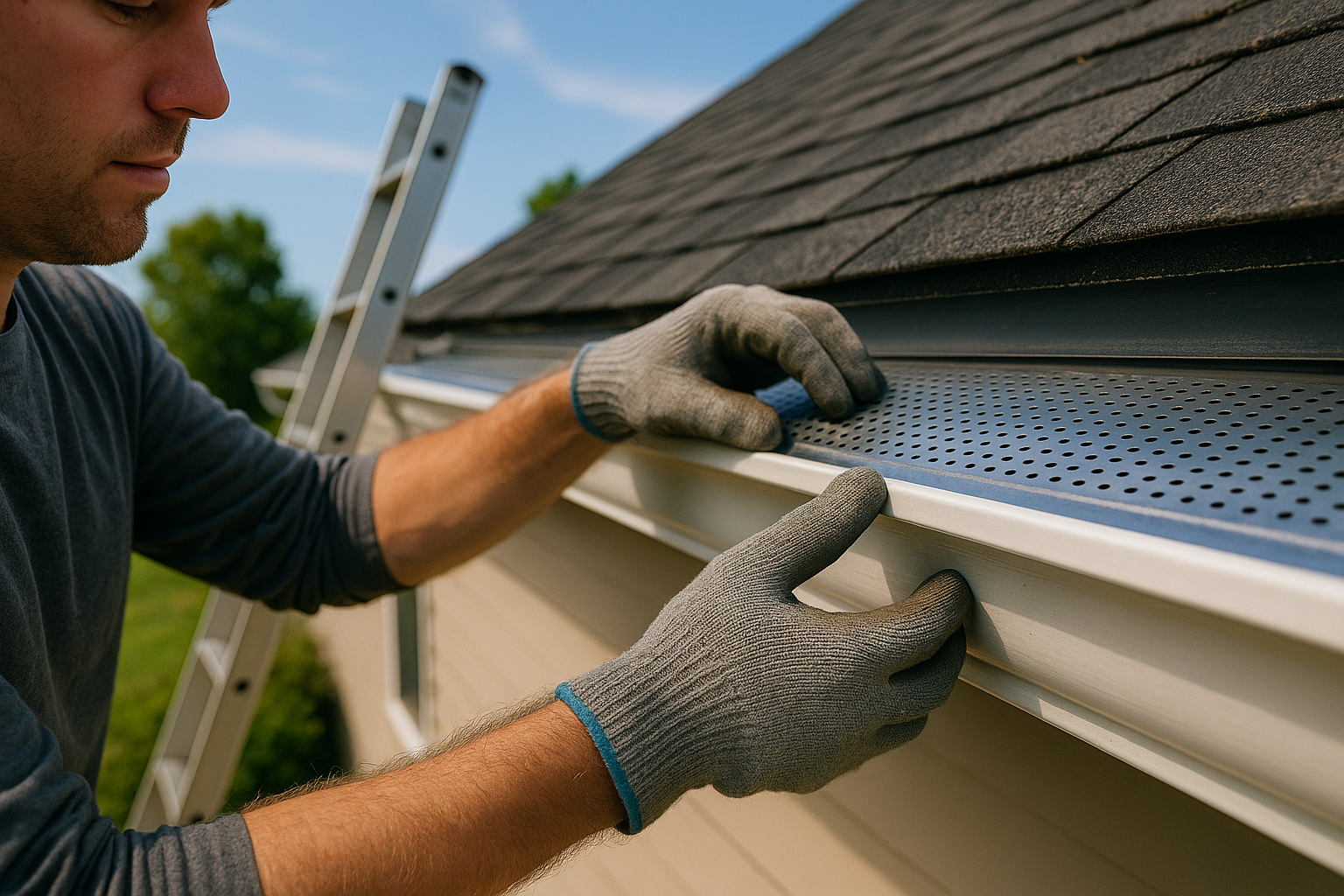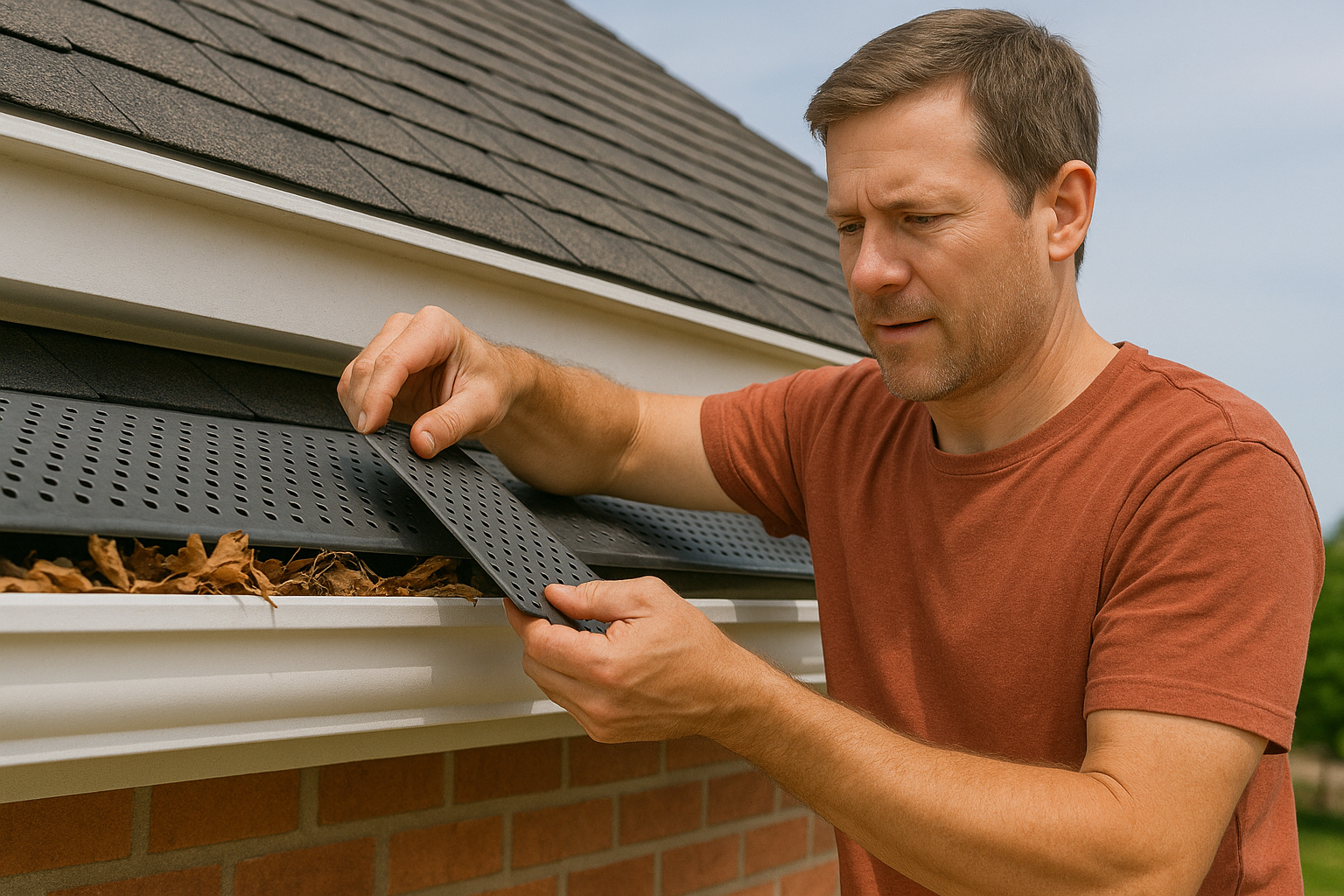Gutter Downspout Installation: A Complete Guide for Homeowners
Colton Hibbert • January 31, 2025
A properly functioning gutter downspout system protects your home from water damage. Downspouts efficiently direct rainwater away from your home’s foundation, preventing erosion, leaks, and other costly issues. Whether you're planning to install gutters, repair an existing system, or simply want to learn how to maintain them, this step-by-step guide has everything you need.
What Is a Gutter Downspout?
A gutter downspout is a vertical pipe connected to your rain gutter system that directs water from the roof to the ground. Working in tandem with other gutter system components like splash blocks and elbows, downspouts help prevent pooling water, which can lead to significant structural damage.
Key Features of Gutter Downspouts:
- Channels rainwater away from the foundation.
- Reduces the risk of water damage and soil erosion.
- It is essential for maintaining the lifespan of your gutters and downspouts.
Why Proper Downspout Installation Matters
Improper downspout installation can cause more harm than good. Misaligned or poorly secured downspouts can lead to leaks, water pooling, and foundation damage. Conversely, well-installed downspouts improve drainage, extend the life of your gutter system, and protect your home from water-related issues.
Benefits of Proper Downspout Installation:
- Ensures efficient water flow away from the home.
- Prevents water damage and erosion near the foundation.
- It helps maintain a watertight seal within the gutter system.
Tools and Materials Needed for Installation
Before you begin, gather the necessary tools and materials for a smooth installation process. Having everything ready ensures an efficient and professional result.
Tools:
- Drill and screws
- Measuring tape
- Snips or hacksaw
- Sealant
Materials:
- Downspout pipes and elbows
- Brackets and downspout straps
- Splash blocks
How to Install a Gutter Downspout: A Step-by-Step Guide
Follow this step-by-step guide to install a downspout and ensure your rain gutters function efficiently.
Step 1: Measure and Cut the Downspout
Use a measuring tape to determine the required length of the downspout. Cut the downspout to size using snips or a hacksaw. Double-check the measurements to avoid mistakes.
Step 2: Attach the Downspout Elbow
Secure the downspout elbow to the outlet of the gutter. Ensure the elbow is at a 45-degree angle to direct water efficiently. Use screws to fasten the elbow securely.
Step 3: Secure the Downspout to the Wall
Use brackets and downspout straps to fasten the pipe vertically along the wall. Ensure the downspout is straight and properly aligned.
Step 4: Direct Water Away from the Foundation
Attach a splash block or downspout extension at the bottom of the downspout to channel water away from your home. This prevents pooling and protects your foundation.
Common Mistakes to Avoid
Avoid these pitfalls during gutter downspout installation to ensure the system operates effectively:
- Poor Alignment: Misaligned downspouts can lead to leaks and water damage.
- Insufficient Straps: Secure the downspout with enough straps to prevent movement.
- Improper Slope: Ensure the downspout has a proper slope to maintain water flow.
When to Call a Professional
While DIY installation can save money, certain scenarios require a professional touch. Call an expert if you encounter:
- Complex rooflines or unusual gutter system layouts.
- Persistent drainage issues despite proper alignment.
- Damaged or outdated gutters and downspouts need repair.





